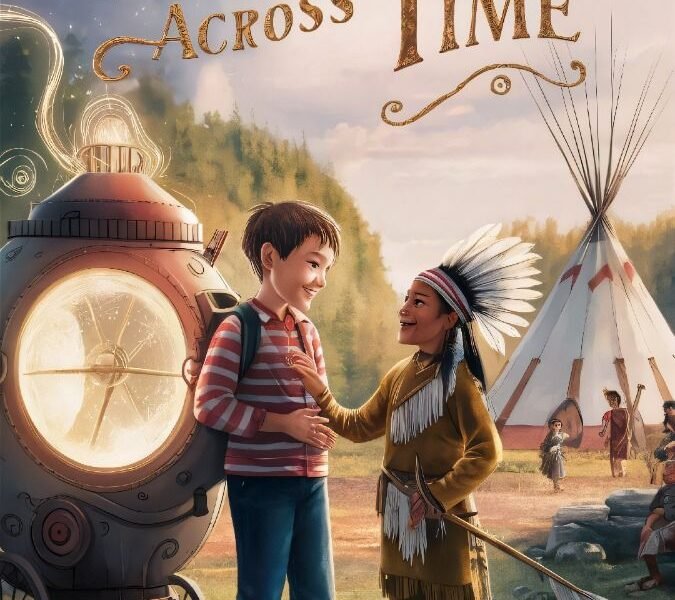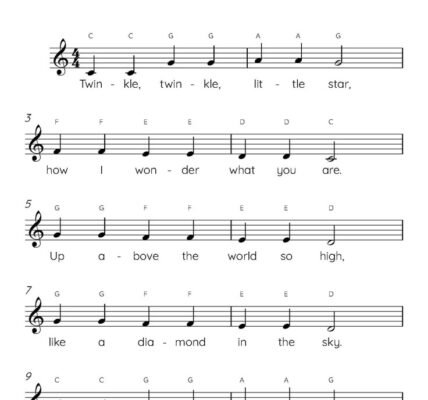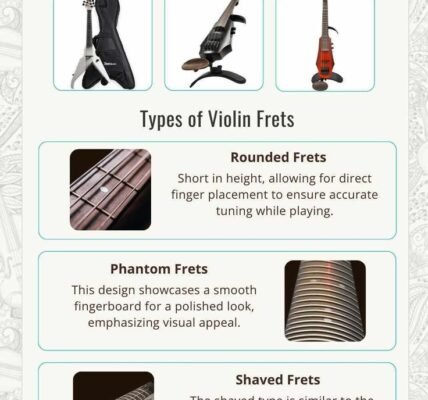The fiddle, an instrument rooted in rich traditions and diverse cultures, has transcended time to remain a vital part of music across the globe. Known for its versatility and emotional expression, the fiddle has influenced genres from classical concertos to folk dances and even modern pop tracks. This article traces the fascinating history of the fiddle, exploring its origins, cultural importance, and evolution through Europe, Asia, and the Americas.
The Origins of the Fiddle
The fiddle’s history dates back more than a thousand years, with its early ancestors emerging in 9th-century Europe. Influenced by earlier string instruments like the rebab from the Middle East and the lira from Byzantium, the medieval European fiddle became a prominent instrument in aristocratic courts and among traveling musicians.
- Design Beginnings: Early fiddles typically featured a small body, three or four strings, and were played with a bow. Their design varied significantly, as they were crafted by local artisans to suit regional musical styles.
- Transition to Violin: By the 16th century, as luthiers in places like Cremona, Italy, refined their craft, the violin—a close relative of the fiddle—emerged. While the violin became associated with classical music, its cousin, the fiddle, retained a stronger connection to traditional and folk styles.
These beginnings laid the foundation for the fiddle’s widespread adoption, influencing its migration to different regions and cultures.
Europe and the Birth of Folk Traditions
The fiddle has long been central to European folk traditions, where it became synonymous with communal gatherings and rural celebrations.
Western Europe
- Celtic Influence: Ireland and Scotland hold the fiddle at the heart of their musical heritage. Irish reels and jigs, as well as Scottish strathspeys, capitalize on the fiddle’s fluid dynamics and quick tempo. Even today, these styles remain essential elements in pub sessions and cultural festivals like the Fleadh Cheoil in Ireland.
- Scandinavian Sounds: Nordic countries, particularly Sweden and Norway, shaped regional iterations such as the Hardanger fiddle, which includes sympathetic strings that resonate alongside the melody, creating a rich, layered sound.
Eastern Europe
- Romani and Klezmer: Eastern European traditions contributed highly emotive and improvisational fiddle forms. Romani musicians integrated their cultural identity into Gypsy fiddle playing, while Klezmer music of Jewish communities used the fiddle’s expressiveness to evoke joy and sorrow.
Across Europe, the fiddle united communities through its ability to echo local landscapes and evoke shared emotions in music.
Asia and Its Stringed Relatives
While the fiddle itself is often linked to Western traditions, its influence and counterparts can be found throughout Asia.
China’s Erhu
Often called the “Chinese fiddle,” the erhu—a two-stringed bowed instrument—dates back over a millennium. Its mournful, vocal-like tones have been central to Chinese operas and orchestral compositions. Historically, the erhu emerged in southern China but gained prominence in court music during the Tang and Song dynasties.
- Modern composers increasingly use the erhu in innovative ways, blending it with Western instruments for contemporary soundscapes.
India’s Sarangi
Similar to the fiddle in its melodic capabilities, the sarangi is the traditional string instrument of North India. Played with a bow and capable of imitating the human voice, it is a staple in Hindustani classical music. The sarangi’s influence has extended to Bollywood, merging tradition with contemporary Indian culture.
Cultural Bridge
Although differing in structure and technique, instruments like the erhu and sarangi share the fiddle’s core essence—a bowed string instrument rich in versatility and emotive power.
The Fiddle’s Role in the Americas
The fiddle made its way to the Americas with European settlers, embedding itself into the musical DNA of the New World.
North America
- Appalachian Roots: The Southern Appalachian Mountains became a hub for fiddling, with European immigrants contributing Irish, Scottish, and Germanic styles. These influences evolved into what we now recognize as bluegrass and old-time music.
- Country and Cajun: The fiddle’s versatility found a home in American country music, providing melodic underpinnings for songs that told stories of life, love, and hardship. Meanwhile, in Louisiana, Cajun fiddling emerged, blending French-Canadian traditions with Afro-Caribbean rhythms.
Central and South America
- Mexican Mariachi: The vihuela (a guitar-like instrument) often harmonizes with the violin in Mariachi, a genre where fiddle-like techniques create soaring melodies.
- Chilean Cueca and Andean Traditions: Fiddles are used in Latin American folk music, enriching the rhythms of cueca dances and complementing pan flutes in Andean ballads.
By adapting to the Americas’ cultural diversity, the fiddle broadened its narrative, adding layers of rhythm and melody that continue to delight audiences today.
The Fiddle in Modern Music
Today, the fiddle occupies a unique space, bridging the gap between tradition and innovation.
Fusion Genres
Many modern artists are reintroducing the fiddle into a variety of genres, from pop and rock to electronic music. For example, artists like Lindsey Stirling revolutionize fiddle playing by blending it with modern dance beats, showcasing its adaptability.
Classical Revival
Classical compositions often feature fiddle-inspired passages, as composers recognize its emotive qualities. Music educators also promote classical training as a foundation for versatile fiddle playing.
Rising Interest
Applications and digital lessons continue to grow, making the instrument increasingly accessible to younger generations. Virtual platforms are supplemented by global jam sessions that bring players together to share styles and techniques.
Why the Fiddle Endures
The fiddle’s enduring appeal lies in its simple but emotive nature. It has a unique ability to transcend genres and cultures, reflecting universal human experiences through its sound. Whether played in a Danish fishing village, a bustling Beijing opera, or a Nashville recording studio, the fiddle connects people through music.
Final Thoughts
The fiddle’s remarkable history and cultural influence prove it is much more than an instrument. From its medieval origins to its role in modern musical fusion, the fiddle continues to be a timeless, adaptable voice for storytelling and connection across the world. Whether you’re a musician or simply an admirer of music’s power, exploring the fiddle reveals centuries of shared joy, innovation, and human expression.





